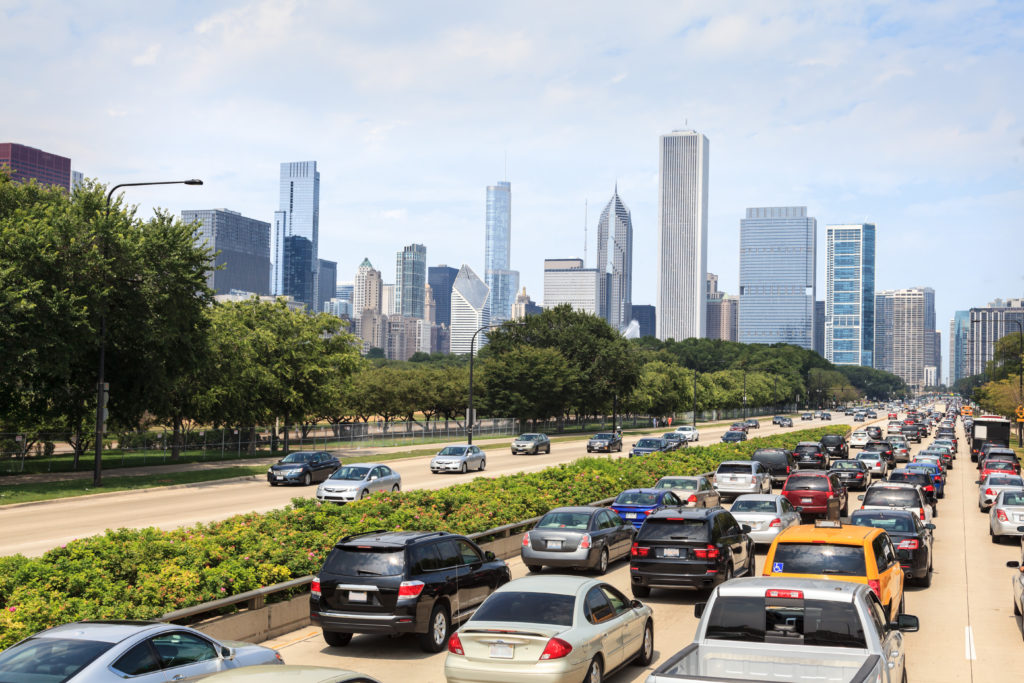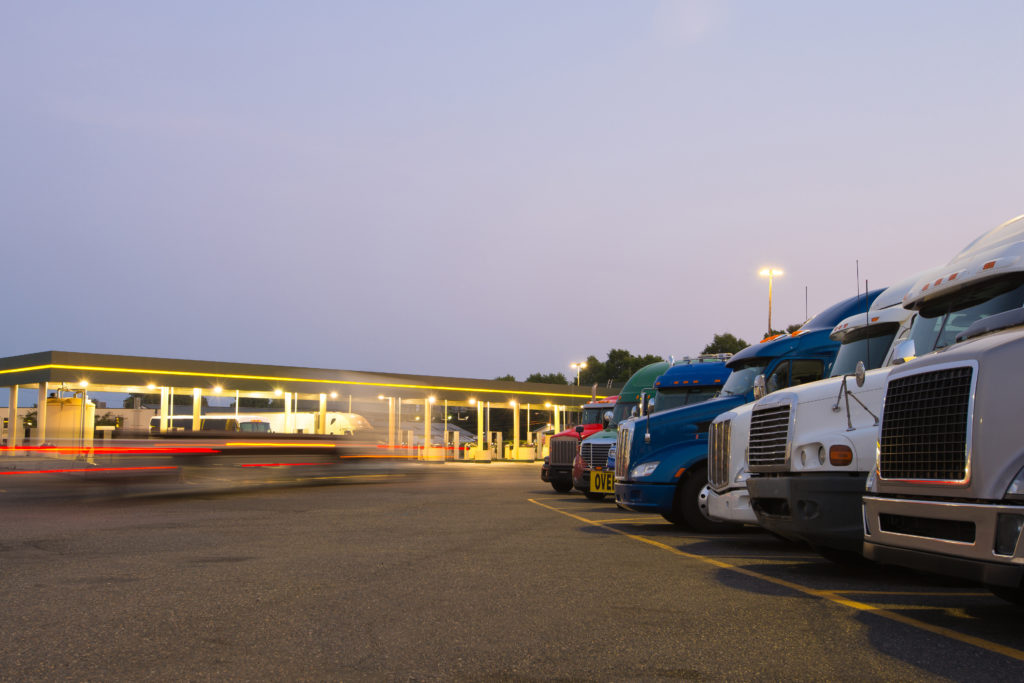
Recent reports conducted by the Texas A&M Transportation Institute and the 2019 Urban Mobility Report have discovered that Chicago is tenth in the nation regarding the number of hours that Chicagoans waste commuting, as well as ranking third in the total number of hours spent in traffic, resulting in 352 million hours. Looking at these numbers a little closer, the report suggests that due to traffic delays, commuters lose a total of $1,307 annually, a staggering number considering the cost of having a vehicle in the city and commuting to surrounding suburbs. As the Chicago Tribune reported this week on the new study, “more congestion is occurring at periods beyond what is traditionally considered “rush hour.” The author of the report, Bill Eisele, was also able to speak with the Tribune and noted that “a third of the area’s delays happened outside the peak morning and afternoon commuting times.” Why the sudden increase in traffic? While many in Chicago would agree that such circumstances have been a long time in the making, it turns out that the recent uptick in the economy is likely to blame for the increased amount of congestion. The report cites back to some of the initial data it compiled in 1982 and found that the total number of jobs has grown 50% since then, therefore meaning there are far more people not only living in the city but commuting for work as well.
Many people who already live in large cities around the United States may say that this is common sense and as jobs grow, so does the amount of people living and working in the city. To an extent, that is true; however, there are a multitude of outside factors that make traffic in cities like Chicago far worse. For instance, we previously wrote on Chicago’s history of infrastructure issues, specifically regarding crumbling roads and bridges, especially in rural Illinois. As much as we want to think those small potholes on the freeway are a very minor issue not worth dealing with, Chicago is the third largest city in the United States and should be capable of much more. It just so happens that factors such as these are exactly what the new Texas A&M study suggests are only fueling the fire that is the increase in traffic. In his interview with the Tribune, Eisele referred to a need for “squeezing more efficiency out of the system,” essentially ensuring that traffic lights are properly timed, crashes are cleared, and more efficient options, such as public transportation and working from home are provided by employers and the city.
Ultimately, the hope is that by doing what the city already is, but more efficiently, will ultimately curb this increase in traffic. Unfortunately, there is no silver bullet that will fix traffic. The City’s infrastructure can only maintain so many commuters and it needs to take this one step at a time to really begin making a difference.
Overall Effect on the Trucking Industry
As we are all well aware, the quicker truck drivers can reach their destination, the less money lost in the process. Situations such as the ones posed in Chicago and other big cities like Los Angeles and New York cost the economy and commuters a lot of money. For instance, the report cites that the total congestion cost for the freight industry in the region totals $6.53 billion annually. Not only does that truly exhibit the ramifications of traffic issues across the United States, but it shows why steps have recently been taken to help drivers reach their destinations quicker. We previously wrote on how the current administration is aiming to cut the federal drive-time regulations currently in place that protect drivers from driving while fatigued. Unfortunately, such actions as this one eventually establish greater dangers to the drivers and others on the road. So, what can actually be done to ensure that the roads stay safe for truck drivers and commuters, while limiting the amount of money lost?
Transport Topics recently reported on a study that was conducted that could help companies alleviate the affects at issue here. Overall, the study focused on nine motor carriers and their efforts to enhance their safety records. The report listed the following keys to success for companies to increase their driver safety:
- Maintaining an open-door policy for drivers to discuss safety-related issues with management.
- Sharing carrierwide safety indicators with management and drivers.
- Improving hiring policies and training, as well as modifying driver scheduling to reduce fatigue.
- Having a zero-tolerance policy for hours-of-service violations.
- Informing drivers about the company’s safety culture during orientation, and having all employees participate in safety training and education programs.
- The report’s authors acknowledge the industry faces significant challenges hiring and keeping drivers, but they stress companies should resist the temptation to hire drivers to fill a slot.
For further information on the findings of the study and additional tips on driver safety, click here. As traffic congestion grows, it is well known that the roads become less safe. It is important that both drivers and trucking companies do their part, then we can push on the city to keep up with the maintenance.







